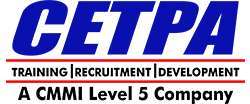Introduction To Mean Stack? Advantages And Disadvantages Of Mean Stack Course
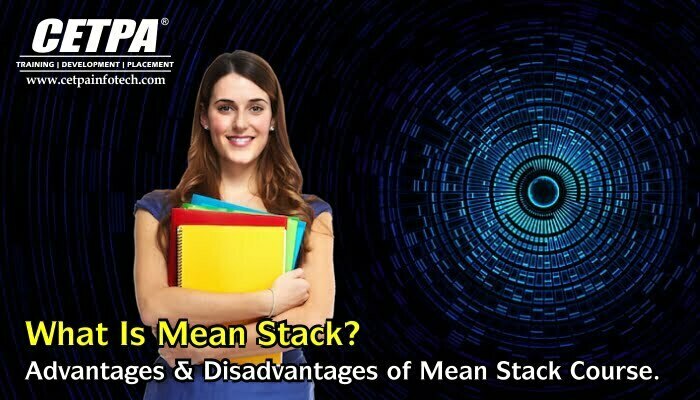
What is Mean Stack?
If you want to develop web applications, you require a collection of Java Script technologies, which is called as MEAN STACK. However, client, server and even database, means everything is based on JavaScript technology.
MEAN is a user-friendly full-stack JavaScript framework ideal for building dynamic websites and applications.
It is freely available as open-source stack. Online Mean Stack Course is available which make an individual to understand development better.
Thus, Mean stack is designed to supply developers with a quick and organized method for creating rapid prototypes web applications (basically mean-based).
Why to Use Mean Stack for Web Development?
The main reason behind MEAN STACK is JAVASCRIPT, which is a single language to run on every level of application used for web development. Online Mean Stack Training is available where one can learn all the scripting and learn Java Development.
MEAN is Comprised of Four Different Technologies:
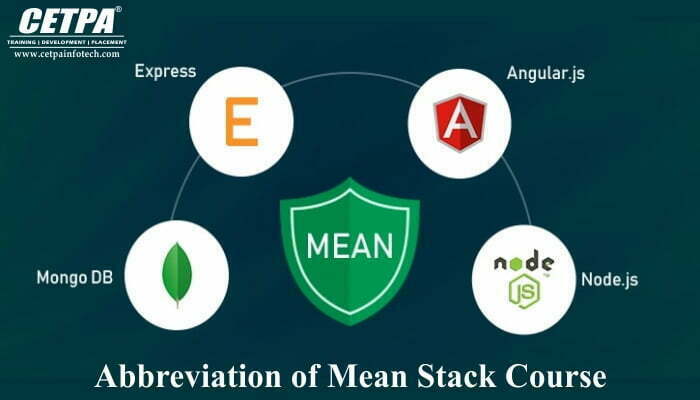
What is required to become Mean Stack Developer?
MEAN STACK Online Training can help an individual a lot to become a MEAN STACK DEVELOPER. Basic Skills to become MEAN STACK developer:-
- Programming background.
- Works on MEAN STACK.
- Comfortable with backend and front end application.
- Knowledge of Java Script.
Discussing MEAN in Detail:
1. Mongo DB
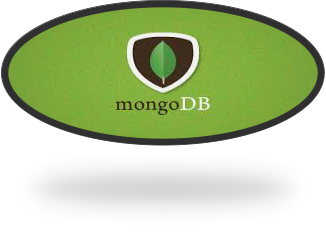
C is the mother of all language. MongoDB is an open-source, cross platform database which is written in C++.
It stores data in the key-value pair, using binary data type like JSON. It is a document-oriented No SQL Database. An object in OOPS is similar to document in MongoDB.
If we talk about a database, it is composed of a large amount of unstructured data. This data is managed in the form of tables consists of rows and columns. If you need to manage large amount of data from a database than Mongo DB is required.
2. Express JS?
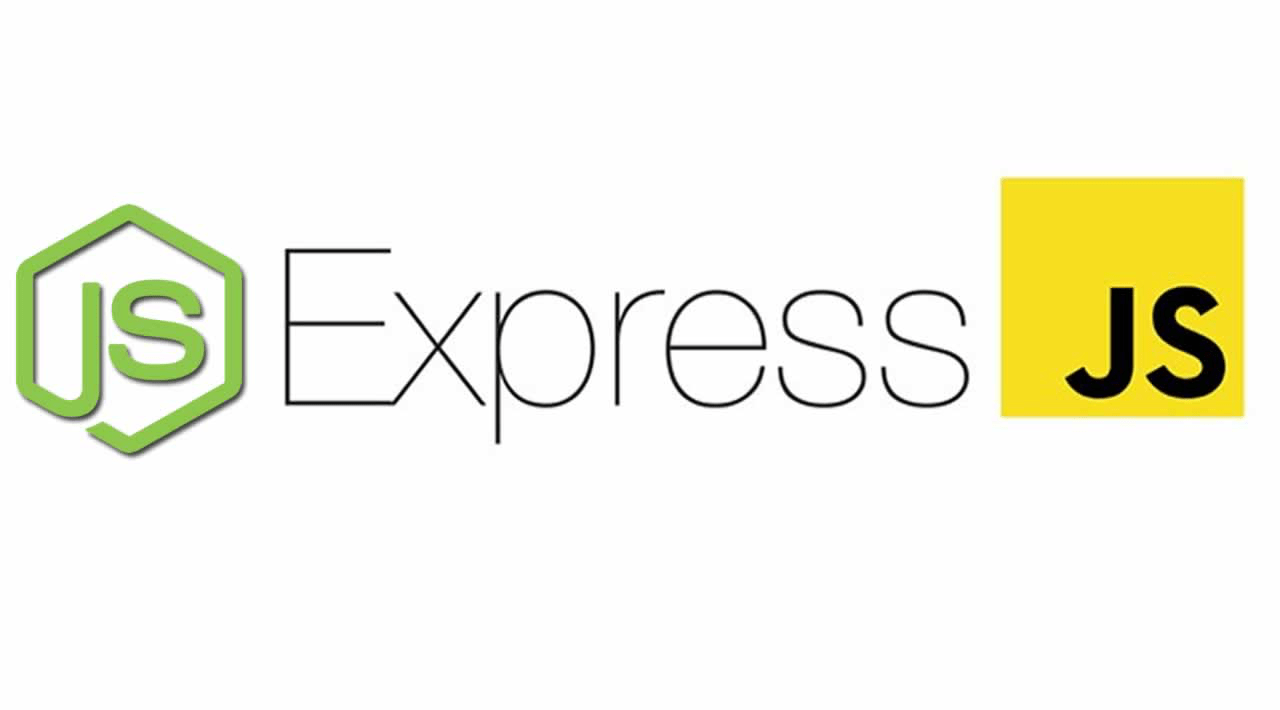
It is a server framework, designed for building single, multi-page, and hybrid web applications. It is a mature, flexible, lightweight framework uses the PUG engine to provide support for templates.
3. Angular JS?
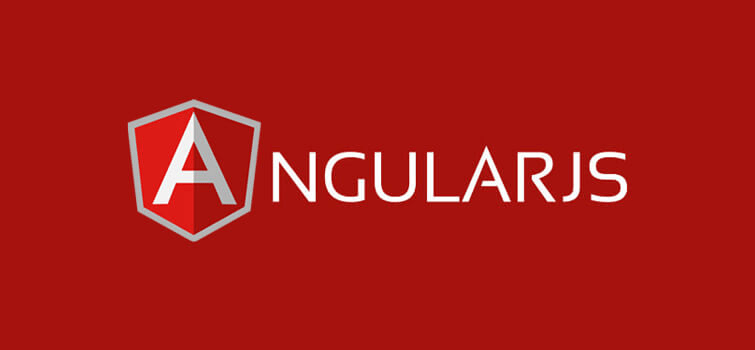
Angular JS is an open-source JavaScript framework. Angular is maintained by Google. Its
main goal is to introduce MVC (Model View Controller) architecture in the browser-based application that makes the development and testing process easier. The framework helps you create a smarter web app that supports personalization.
It allows us to use HTML as a template language. Therefore, you can extend HTML’s syntax to express the components of your application. Angular features like dependency injection and data binding removes plenty of code that a programmer need to write.
4. Node JS?
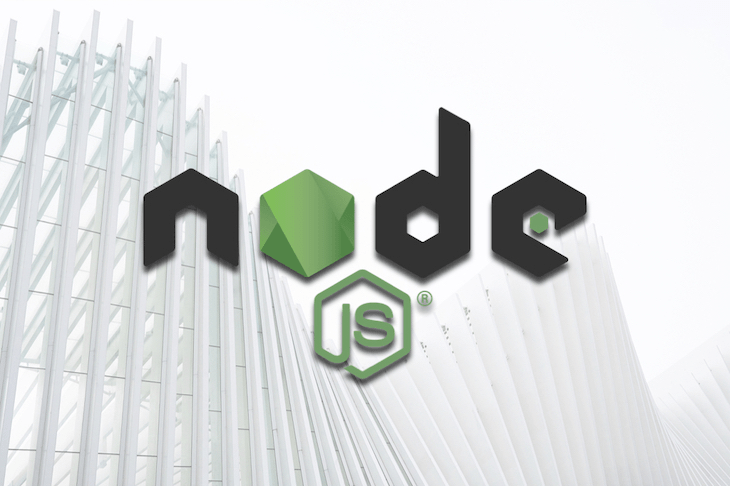
Here it allows creating a web server and building web applications. It’s a server-side JavaScript execution environment.
Node.js uses a non-blocking and event-driven I/O model. This makes it lightweight and efficient, perfect for data-intensive real-time applications that run across distributed devices.
Developers can create data-intensive real-time apps that run across distributed devices. You can run Node.js runtime on Microsoft Windows, OS X, and Linux.
There are various modes where one can learn Mean Stack. Since mostly platforms and applications require web services, Online MEAN STACK training will sort out all the problems.
Mean Stack Architecture:
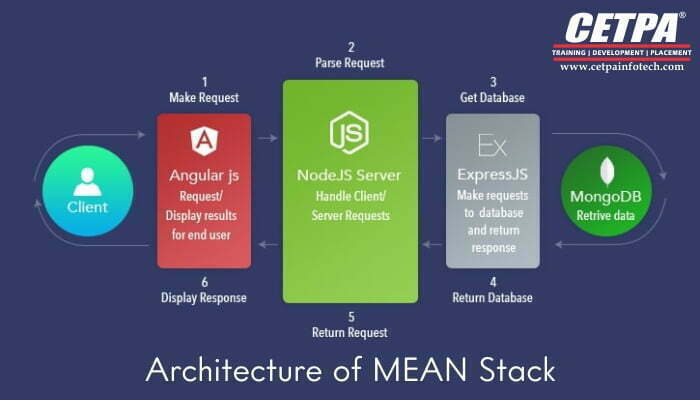
It is clear from the above the details that a MEAN STACK ONLINE COURSE in much required to complete MEAN STACK development and help in becoming a developer. Now we have an idea about the architecture, which can be understood by the diagram above and details below:-
- Firstly, a request is made by the client who is further processed by the AngularJS.
- After that, request moves to NodeJS which will forward the request.
- ExpressJs will connect MongoDB and receives data.
- MongoDB will be fetched with the requested data and return that request to the Express JS
- NodeJS will return the request to the client.
- AngularJS display the result fetched from MongoDB to the client.
What is Mean Stack Developer Salary?
The average salary for “mean stack developer” in the United States ranges from approximately $90,148 per year.

Advantages of Mean Stack:
Here, are some most prominent reasons for using Mean Stack technology
- Allows creating a simple open source solution and build robust and maintainable solutions..
- Helps in development of applications on rapid base.
- MEAN is full stack JavaScript which is 100% free.
- Only single uniform language throughout your stack development.
- Uses very low memory footprint/overhead.
- Helps you to avoid unnecessary groundwork.
- Application is kept organized.
- MongoDB is built for the cloud.
- js simplifies the server layer.
- MEAN makes code isomorphic.
Read More: Reason To Start Mean Stack Training
Disadvantages of Mean Stack:
- Not recommended for large-scale applications.
- No specific general JS coding guidelines.
- Once you have developed the first site using Mean stack technology, it’s really hard to go back to the old approach.
- It offers poor isolation of server from business logic.
- You could lose records gradually.
